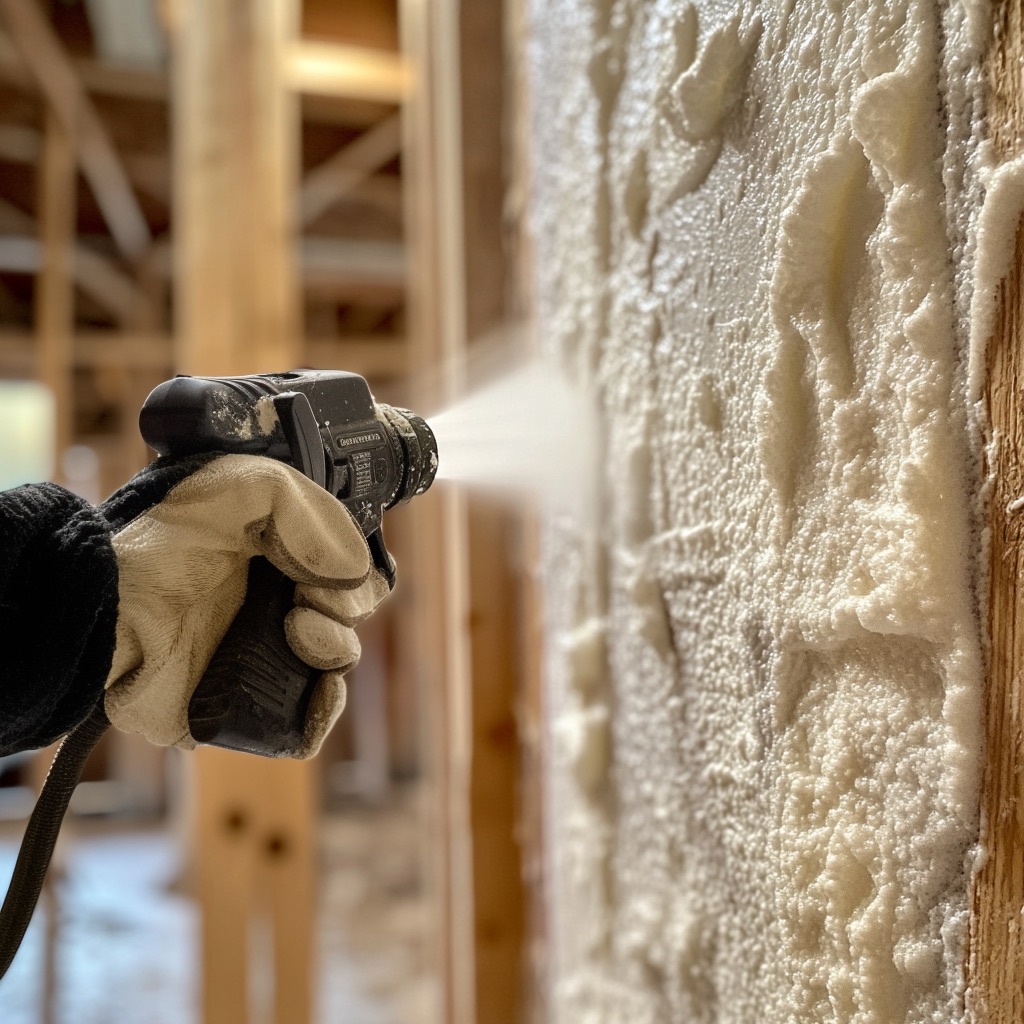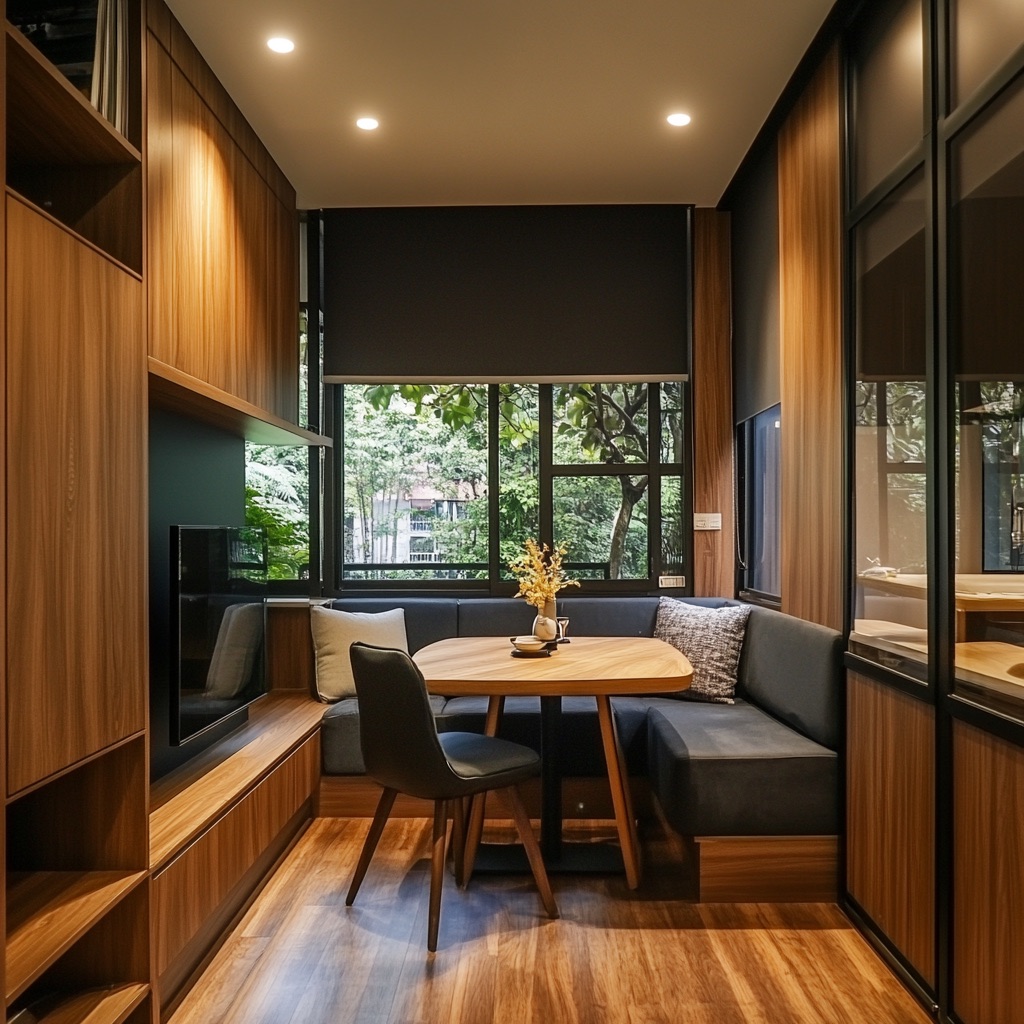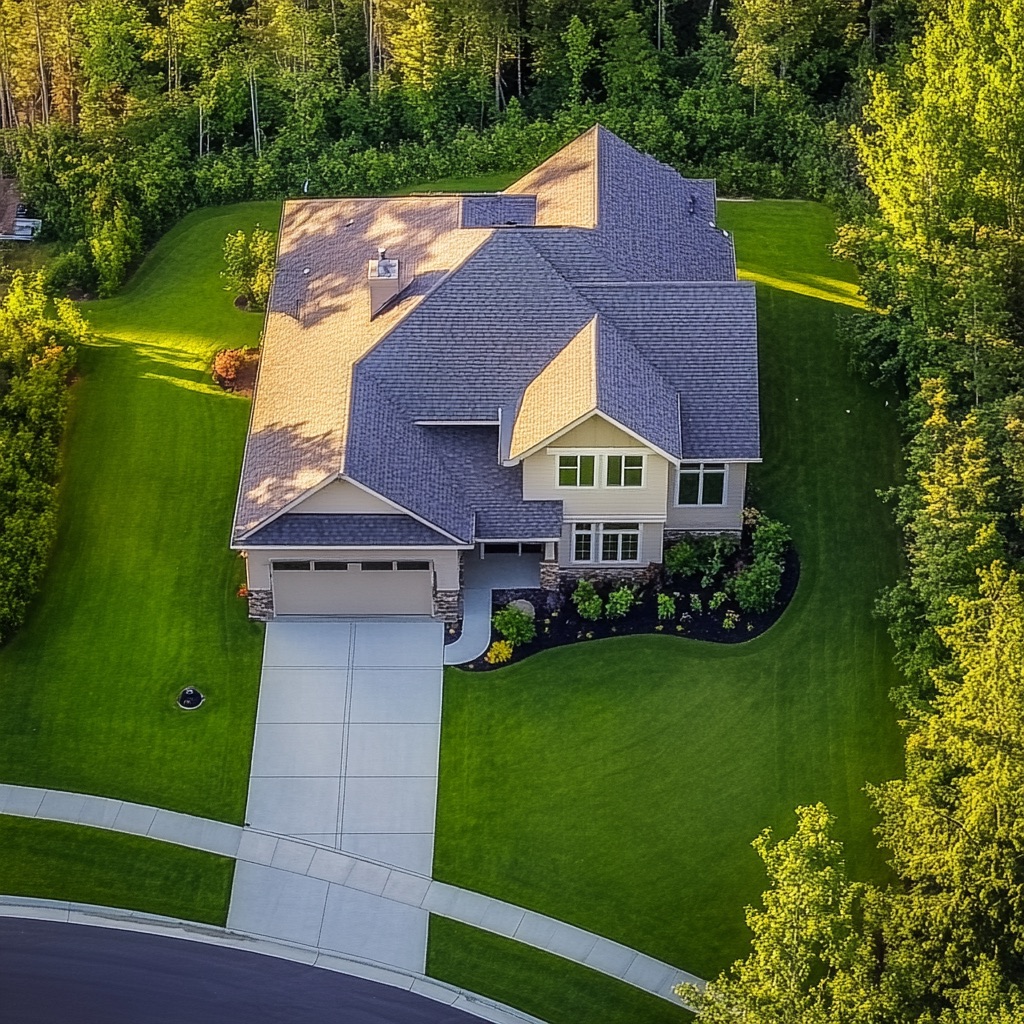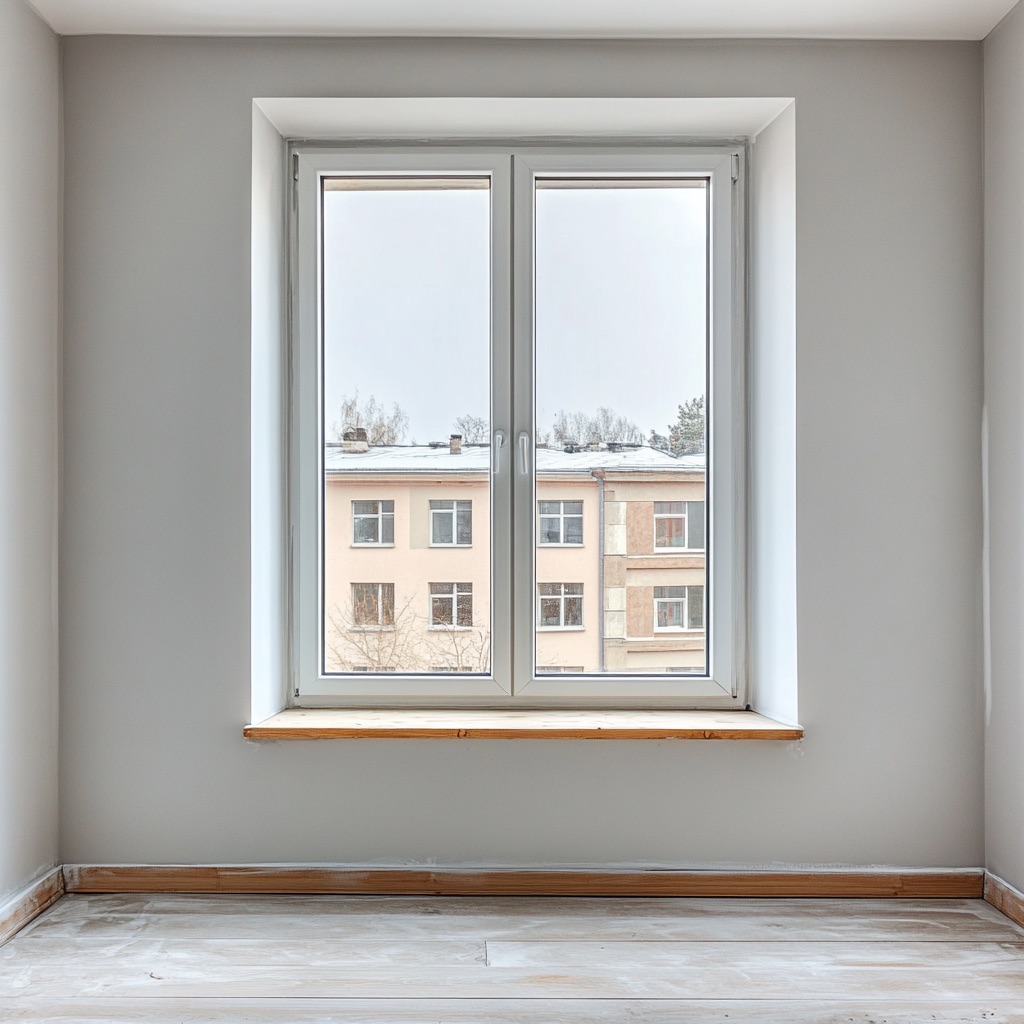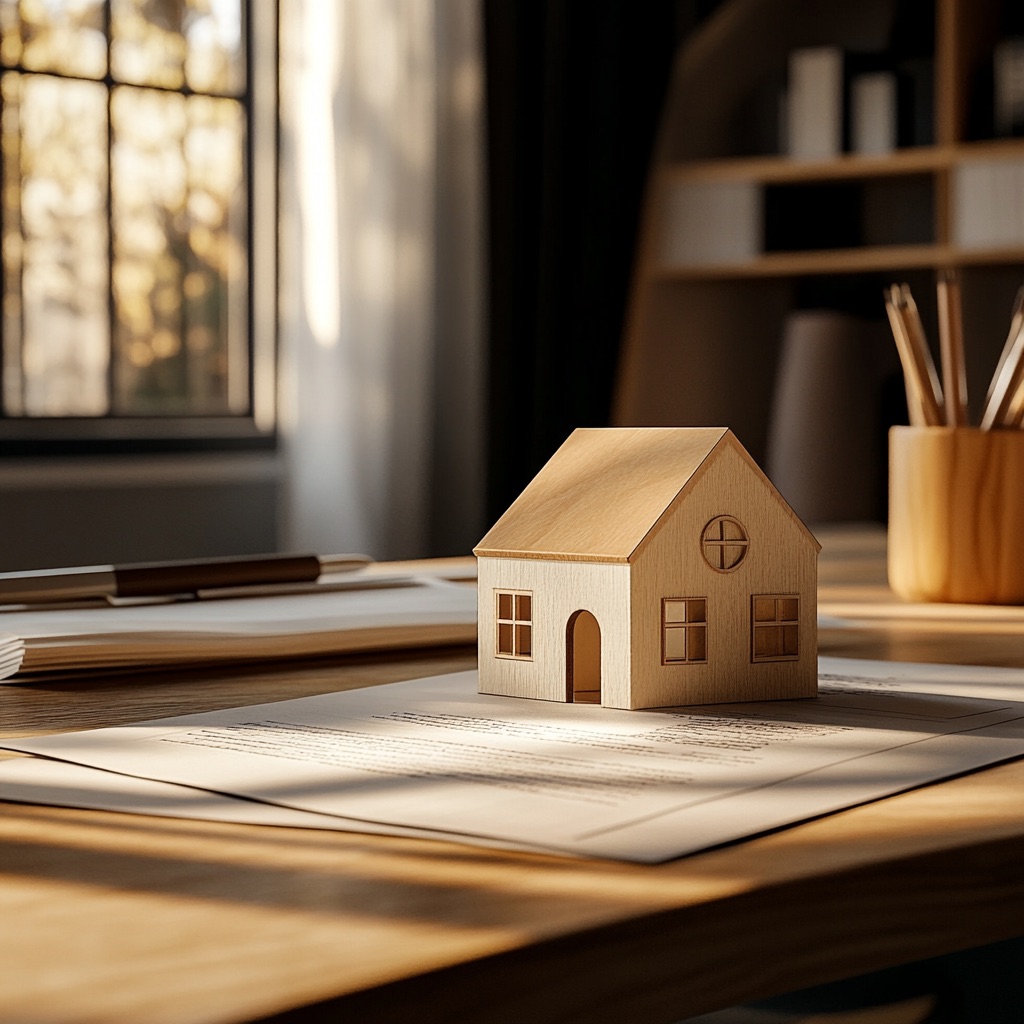Designing a home is an exciting and overwhelming experience. It’s the place where you’ll spend most of your time, create memories, and make it your own. That’s why it’s important to carefully plan and design your future home with the latest trends and tips in mind.
In this blog post, we’ll discuss the top trends in home designing and provide you with some valuable tips to help you create your dream space. Whether you’re building a new home or renovating an existing one, these ideas will inspire and guide you toward creating a beautiful and functional living space. So, let’s get started and dive into the world of home design!
Maximizing Space
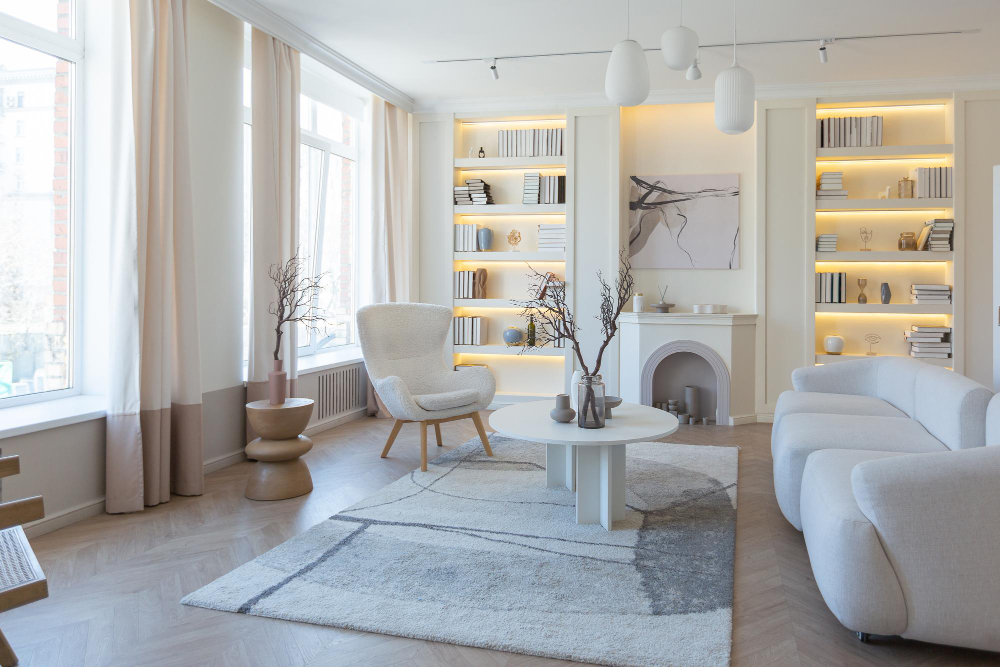
Maximizing space is one of the most significant hurdles in home design, particularly when dealing with smaller living spaces. But just because you have limited space doesn’t mean you can’t create a beautiful and functional living area. Here are some tips to help maximize space in your small home design:
- Use multi-functional furniture such as storage ottomans or pull-out sofas.
- Utilize vertical space by installing shelves or storage units.
- Choose light colors to give the illusion of a larger space.
- Incorporate mirrors to reflect light and create the illusion of a bigger space.
- Eliminate clutter and only keep essential items in your home.
Making Your Home a Reflection of Your Personality
Personalization is an essential aspect of home design as it allows you to create a space that truly reflects your personality and lifestyle. It’s about incorporating elements that have meaning to you, whether it’s through family photos, artwork, or souvenirs from travels.
According to Timber Haus home builders in Edmonton, your home is more than just a place to live; it is an expression of yourself. A place to learn, live, and grow with your family. Personalizing your home not only makes it unique but also creates a sense of comfort and belonging.
Incorporating Sustainability

With the growing concern for the environment, many homeowners are opting for eco-friendly and sustainable materials in their home designs. This not only reduces the carbon footprint of their home but also creates a healthier living space.
Some ways to incorporate sustainability into your home design include using energy-efficient appliances, installing solar panels, choosing recycled or renewable materials, and incorporating natural elements such as plants to purify the air. With sustainable home design, you can create a beautiful space while also doing your part for the planet.
Bringing Nature Indoors
Bringing nature indoors has become a popular trend in home design, and for good reason. Incorporating biophilic design principles into your home creates a beautiful and calming space and has numerous benefits for your well-being.
Biophilic design involves using natural elements such as plants, lighting, and materials to create a connection between humans and nature within the built environment. This can include large windows to bring in natural light, incorporating outdoor views, and using natural materials such as wood and stone.
Technology Integration
Technology has become an integral part of modern home design, and it’s not just about having the latest gadgets. It’s about creating a smart and efficient home that simplifies daily tasks and improves the overall living experience.
From smart thermostats and lighting to voice-controlled assistants, there are endless possibilities for integrating technology into your home design. Not only does this make life more convenient, but it can also help reduce energy consumption and lower utility costs.
If you are building a new home, with technology integration you can create a home that is not only beautiful but also highly functional and efficient.
The Power of Color
Color has the power to transform a space and evoke certain emotions. When it comes to home design, choosing the right color palette is essential in creating the desired atmosphere. Neutral colors like white, beige, and gray continue to be popular choices as they provide a clean and timeless look.
However, don’t be afraid to incorporate pops of bold colors for added interest and personality. It’s important to consider the function of each room when choosing colors.
For example, calming blues and greens are great for bedrooms, while warm yellows and oranges create a cozy atmosphere in living spaces. Choose colors that speak to you and make you feel happy and comfortable in your future home.
Designing your future home is all about personalization, functionality, and staying on top of the latest trends. With these tips in mind, you can create a space that reflects your personality while also being efficient and sustainable.
Whether it’s maximizing space in a small home or incorporating natural elements for a calming atmosphere, there are endless possibilities to design a beautiful and functional living space. Get creative with your home design, and make it a place you’ll love for years to come! Happy designing!
Recap
